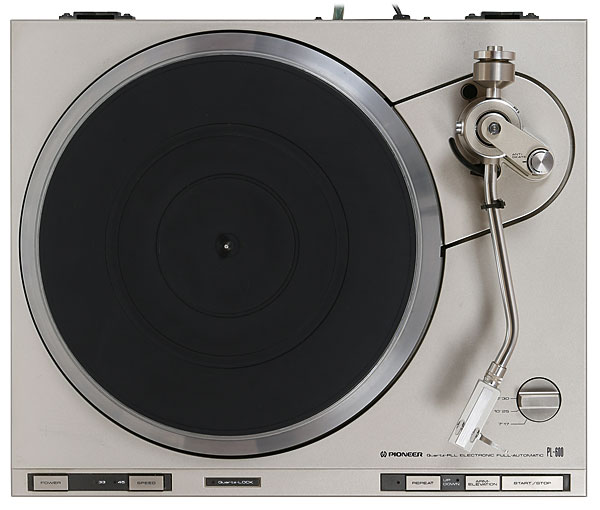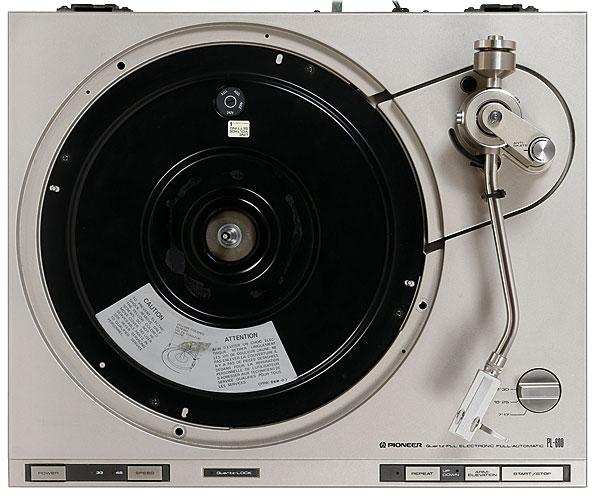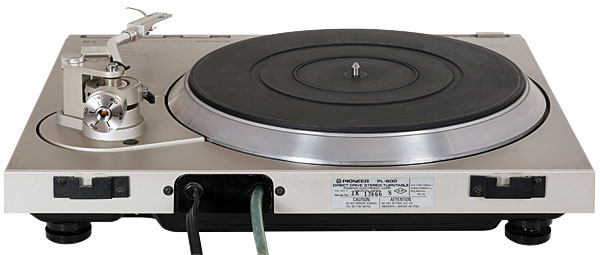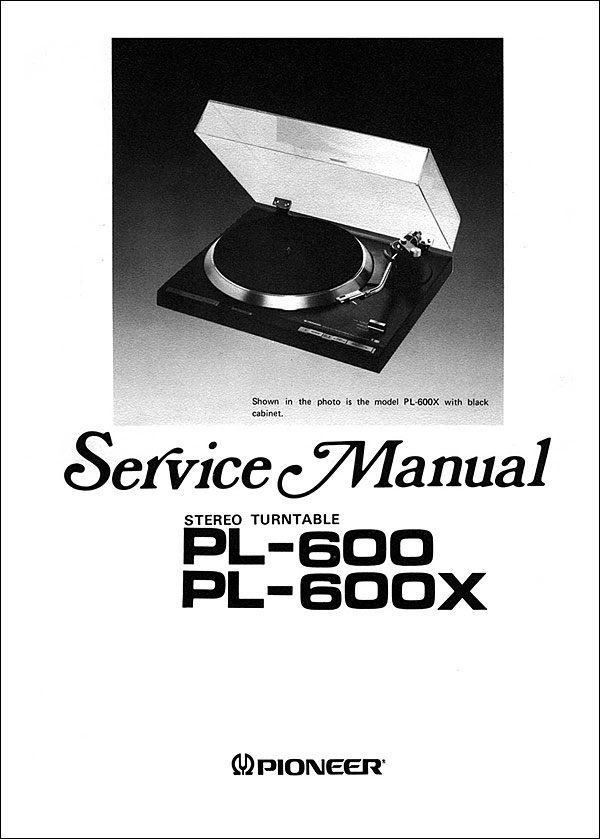Pioneer PL-600 Turntable Page 2

This issue aside, the PL-600 turns out to be a fine performer and one that lives up to the promise of its specifications. My main complaint is the 'thump' that comes through the speakers when the record ends and the arm lifts the stylus from the record's surface. Why this should be the case is a mystery – the action of the power cueing is brisk, but not excessively so.
![]() Tim Listens
Tim Listens
Used with the TK-7E cartridge, the PL-600 sounded well-balanced, bringing just a slight trace of warmth to the proceedings. This is no bad thing as it helps give records a smoother sound. Also, the taut bass lines the turntable delivers suggest that the behaviour of the arm is well controlled, with the major resonances kept in check.
Meanwhile, the snugly fitting lid helps exclude dust, so the stylus doesn't pick up detritus on its tip as it traces the groove. This, along with a well controlled sound with no glaring faults, makes it easy to forget that you are listening to a side of vinyl and not a CD, or some other more modern format. High praise indeed, for in a time when the public are encouraged to accept (and even appreciate) the clicks, pops, crackles and rasps of less-than-pristine LPs played on poorly performing turntables as part of the 'vinyl experience', it is heartening to hear a player that is largely free from these vices.

The PL-600 isn't perfect, though. Even with the turntable positioned very carefully I remained unconvinced that the motor is a match for the one found on a Technics SL-1200 of the same era. This is only apparent after extended listening and is betrayed by the sound of percussion. This is slightly diffuse, while every now and again extended notes shift fractionally in pitch as they decay. I imagine this effect comes from a microscopic interaction between the motor, the inertial mass of the platter and the suspension, which remains even after the deck has been carefully sited. The effect is minor, however, and while the best direct-drives from Technics, Sony and JVC better the PL-600 in this respect, to my ears it still outperforms the majority of belt-driven designs I've heard.
Nanci Griffith's album Storms [MCA MCG6066] sounded easygoing, natural and polished on the PL-600. Those who think Japanese equipment serves up a sound that's cold, hard and bright should really try and hear one of these decks as it's so refined. Soundstaging and vocal centre presence were both of a high order while guitar and percussion sounds were well defined and enjoyed plenty of air around them. Some may crave a little more bite and drama, but that could be resolved by cartridge choice. For example, one of Audio-Technica's OC9 models could work well in this arm provided your chosen amplifier has a moving-coil facility.

Round Of Applause
The PL-600 impressed with orchestral pieces too. Beethoven's Concerto No 5 [Philips Digital 441 189-1] opened with a pleasingly broad spread of applause followed by a snappily-rendered piano solo set against an indulgently silent background. The transition from this to the full orchestra joining in with mighty swirling strings was seamless, the big PL-600 never putting a foot wrong. The positioning of the bass register, neither prominent nor clipped, was as close to ideal as I've ever heard from a turntable equipped with a conventional (radial) arm. This to me crystallised this deck's greatest strength – it just sounds 'right' with everything. No, it doesn't offer the ultimate in vintage vinyl replay, but the bulk of the turntables I know of that substantially improve on the performance of the Pioneer PL-600 were (and remain) substantially more elaborate in their design and expensive. While superficially it may appear to be just one of the herd, it's a fascinating piece of engineering and really deserves greater recognition.
Buying Secondhand
A PL-600 can be tricky to find in the UK but there are plenty of tidy examples for sale on the continent, so if you want to buy one it may be a good idea to start your search there. The service manuals for this model are excellent and explain in detail how everything works, which is a valuable bonus. Note, however, that you will need the manuals for both the Pioneer PL-630 and the PL-600 in order to cover all the aspects of the design fully.
It is important to be aware that the spindle motor and the automatics are both controlled by proprietary Pioneer integrated circuits that are no longer available, so approach any non-working example with caution.

It's not all bad news, though, as most faults in the control system are due to thickened grease and wear in the small drive belt, which resides in the arm base. On the subject of rubber components, the sleeves over the suspension springs can also rot away, leaving the suspension with no horizontal damping at all. Carefully applied heat-shrink tubing is one possible solution here, but when removing the feet to access these parts it is easy to disturb the levelling of the springs, which must then be carefully adjusted for the suspension to be effective.
Hi-Fi News Verdict
A fine if forgotten turntable, the Pioneer PL-600 is required listening for anyone interested in quality Japanese direct-drive turntables. Superbly engineered and a joy to operate and listen to, only the deck's relatively unusual suspension system gives any cause for concern. Suitable both for collectors and for general use, an original example in good condition will bring hours of pleasure to its owner.























































